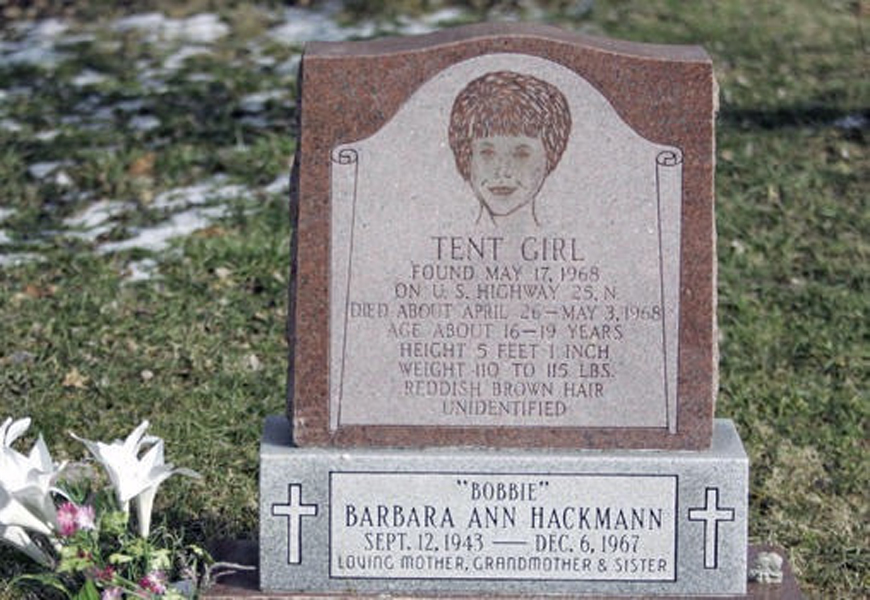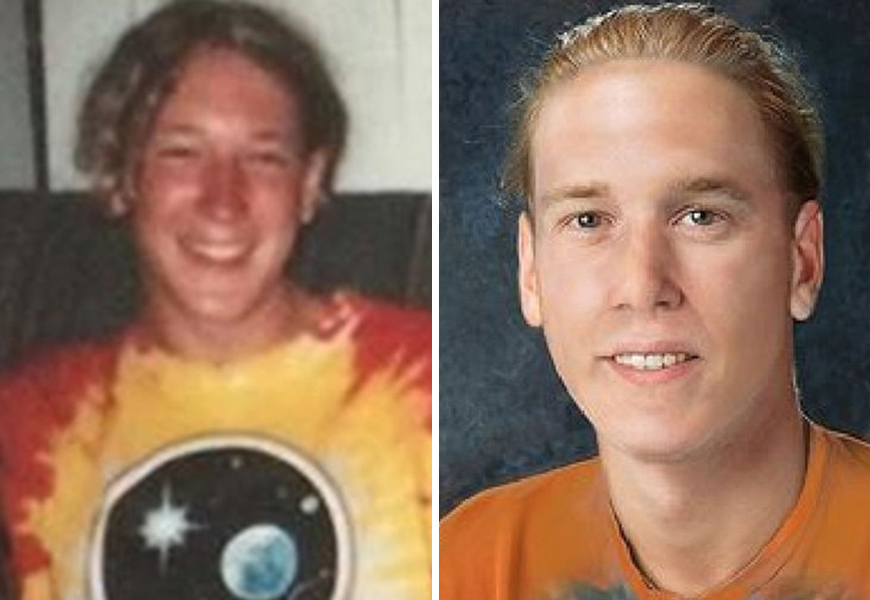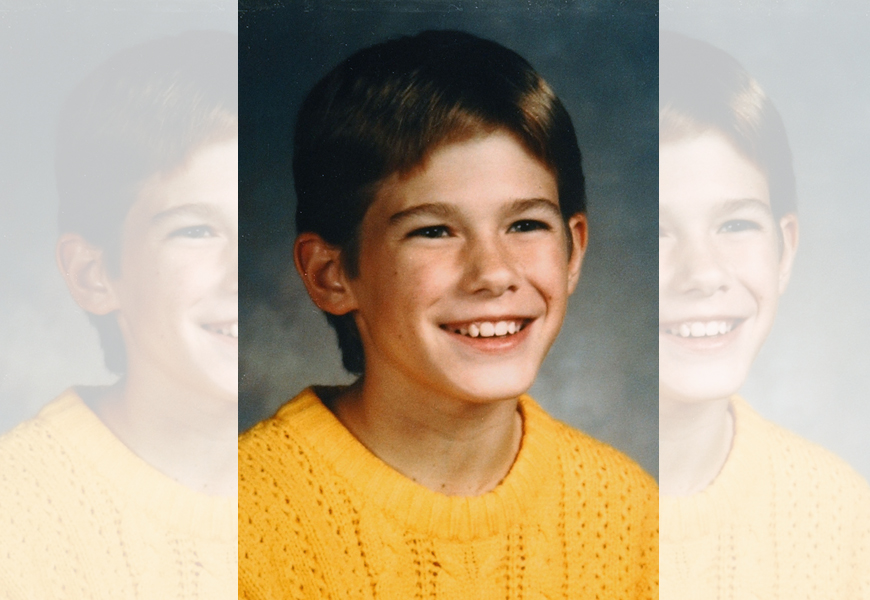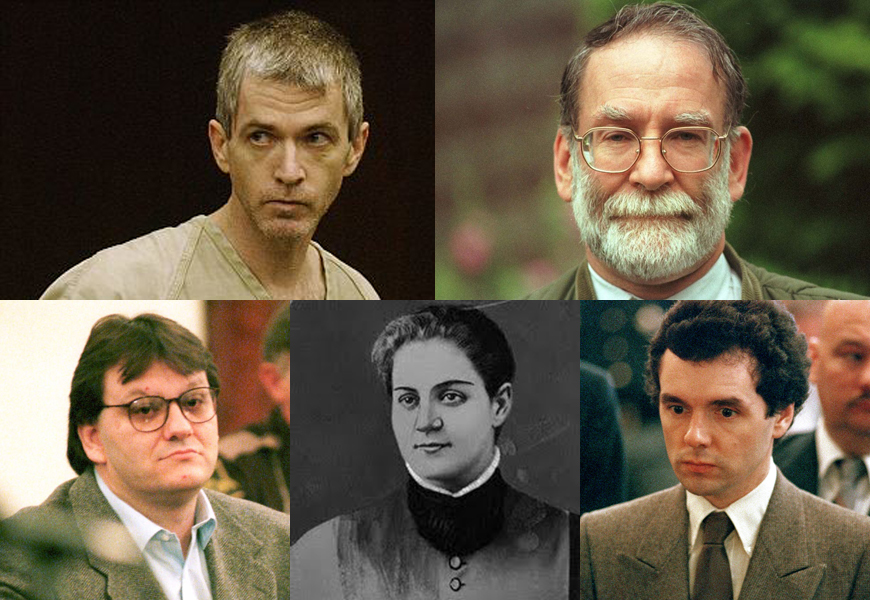The internet is changing the way cold cases are investigated…
Detectives always say that the public is their most important source of information. That’s why canvassing neighbourhoods, interviewing anyone who might have seen something and letting the public in on strategic pieces of information is a major tactic in any missing persons or murder investigation. While authorities often rely on tips from the public to move a case in a certain direction, it can be hard to wade through all the information and pinpoint the tips worth following up on.
Even before true crime exploded in popularity a few years ago, there were online message boards and subreddits dedicated to discussing cold cases. The Netflix documentary Don’t F*ck With Cats even tells the story of Luka Magnotta and the murder of Jun Lin through the lens of a group of internet sleuths who wanted to track down the man who made a video of himself killing kittens (Magnotta). While it may be a stretch to say web sleuths can be credited with catching Magnotta—or solving any other crime—there have been a few cases that may not have been solved if it weren’t for the eagle eyes of people who spend their free time voluntarily combing through missing persons reports. Here are five cases who were solved in part due to the help of amateur web sleuths.

Tent Girl
The remains of Barbara “Bobbie” Ann Hackman Taylor was found on May 17th, 1968 near Georgetown, Kentucky wrapped in a canvas tarp. Despite their efforts, authorities weren’t able to identify her at the time, instead dubbing her “Tent Girl”. She was buried with a donated headstone inscribed with:
TENT GIRL
FOUND MAY 17 1968
ON U.S. HIGHWAY 25, N.
DIED ABOUT APRIL 26 – MAY 3, 1968
AGE ABOUT 16 – 19 YEARS
HEIGHT 5 FEET 1 INCH
WEIGHT 110 TO 115 LBS.
REDDISH BROWN HAIR
UNIDENTIFIED
30 years later, a man named Todd Matthews who had been interested in the case, took it upon himself to investigate and created a website dedicated to “Tent Girl” in an effort to help identify her. Matthews happened to find a listing on a missing persons website that sounded like what he knew of Tent Girl. He contacted the person who posted it—Taylor’s sister. Tent Girl’s remains were exhumed and tested and she was positively identified as Taylor. Police believe her husband at the time of her murder, George Earl Taylor was the one who killed her. He passed away from cancer eleven years before Taylor was identified. Matthews went on to found The Doe Network, an organization that works to match missing persons with unidentified remains.

Grateful Doe
A car accident in Virginia in 1995 killed 21-year-old Michael Hager and an unidentified passenger. The passenger became known as Grateful Doe because he was wearing a Grateful Dead T-shirt and had concert tickets in his pocket. Police followed a number of clues including whether Hagan and his passenger knew each other but eventually came to the conclusion that Grateful Doe was probably a hitchhiker. Despite their best efforts and a few strokes of bad luck, they couldn’t pinpoint Grateful Doe’s identity.
In 2012, a facial reconstruction was released by the Center of Missing and Exploited Children in an effort to identify him but there were no developments until 2015 when photos of a man named Jason who resembled Grateful Doe started circulating the internet. BuzzFeed and the New York Post picked up the story, spreading the word even further. Police tracked down Jason’s mother, who had only just filed a missing persons report even though she hadn’t heard from her son since 1995. Since Jason was living a nomadic lifestyle as he followed the Grateful Dead around the country, she had assumed he was still alive somewhere. Police tested Grateful Doe’s remains in 2015 and he was positively identified as Jason Callahan.

Jacob Wetterling
In 1989, 11-year-old Jacob Wetterling was kidnapped from his hometown of St. Joseph Minnesota in front of his younger brother and friend. For 27 years, no real leads about what happened to him emerged. In 2013, freelance writer and Minnesota native, Joy Baker started a blog to write about the case. She started doing some investigating of her own and uncovered information about five other boys who had been attacked in the area between 1986 and 1987 with no arrests ever being made. Baker urged the police to look into the other assault cases and she didn’t give up until they started paying attention. With the help of Baker and her determination, police zeroed in on Danny Heinrich.
Heinrich agreed to direct investigators to Wetterling’s remains if he could avoid a murder charge, instead pleading guilty to child pornography. Jacob’s remains were found in a pasture only 30 miles away from where he was abducted. Heinrich was sentenced to 20 years in prison but it is unlikely he’ll ever get out. The podcast In the Dark also covered Jacob’s disappearance and the failures of the investigation, highlighting even further how the perseverance of a single blogger led to justice.

Abraham Shakespeare
42-year-old Abraham Shakespeare, who had recently won millions of dollars in the Florida lottery was murdered in 2009 by his acquaintance and self-appointed “financial advisor”, Dorice “Dee Dee” Moore. She hid Shakespeare’s body under a concrete slab in the backyard of a house she purchased with his money and when police zeroed in on her she tried to blame the murder on her own 14-year-old son before claiming self defence. Moore also tried to pay someone to move Abraham’s body and offered his sons money to lie to police about when they had seen him last.
Among the many dumb things Moore did to hide her crime, she also created a profile on internet message board Websleuths to talk about the case. She had heard users were talking about her as a potential suspect and she decided to log on to clear her name. All she succeeded in doing was tying herself even more closely to the crime after Websleuths owner Tricia Griffiths alerted authorities and provided IP data proving Moore was posting about herself. She was convicted of Shakespeare’s murder and is currently serving a life sentence.

Gregory May
In 2001, a trucker found the remains of a human head encased in concrete in a bucket at a truck stop north of Kansas City, Missouri. For five years, while police in Missouri did what they could to identify “the head in the bucket”, a whole other team in Bellevue, Iowa was investigating the disappearance of Gregory May, a 55-year old tattoo artist and Civil War memorabilia collector. Julie Miller, a friend of May’s eventually confessed that her boyfriend Doug DeBruin killed May and they disposed of his body together. DeBruin was charged in 2004, but it would be Iowa’s first murder trial without a body, and prosecutor’s weren’t confident.
Investigators in Missouri enlisted Frank Bender, a renowned forensic sculptor who created lifelike busts based on skulls of unidentified human remains, to reconstruct the face of the “head in the bucket”. They posted the bust on The Doe Network message boards and Ellen Leach, a seasoned web sleuth made it her mission to find a match—and she did. DNA tests confirmed that the head in the bucket was Gregory May only days before DeBruin’s trial was set to begin. Thanks to the identification, the trial went ahead with solid physical evidence and Doug DeBruin was convicted and sentenced to life in prison.












